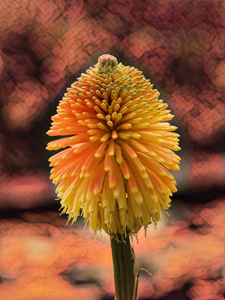
Those who have read any of my books, or the brief biography that is available on this site and others, will know that I began my ‘philosophical investigations’ with the School of Economic Science, as it is known in the UK. And you will also know that I have commented frequently upon the misguided notions that were propagated by the school in the name of Advaita. One of the key misunderstandings that I had, which was not cleared for many years, despite reading widely and discussing Advaita with many people on the Internet, relates to ‘action’.
As usual, this was a Sankhyan idea effectively being passed off as belonging to Advaita. It was the notion that it is ‘the guNa that act’, or that action is a function of prakRRiti. In the first edition of ‘The Book Of One’, I actually had a chapter called ‘The Myth of Action’ and the first section of this was entitled ‘Only the guNa Act’. Here are several paragraphs from this:
“The three qualities of nature, the guna, of which all of nature is constituted, are in constant motion and this is the only ‘action’. Yes, the body acts – it is constituted of the three guna – but we do not. Here is a useful practical example of this: It may be that you cycle from time to time. I enjoy cycling in the New Forest, where I live – free exercise in beautiful surroundings and fresh air. However, there are a few hills along the routes, and sometimes you have to go up these rather than down. Many people just get off and walk their cycle up. Others take it as some sort of challenge and insist on trying to cycle to the top without having to dismount. When the going becomes hard, they make an extra mental effort, along the lines of ‘I am damn well going to get to the top, even if it kills me’! This is the hard way! Continue reading →


